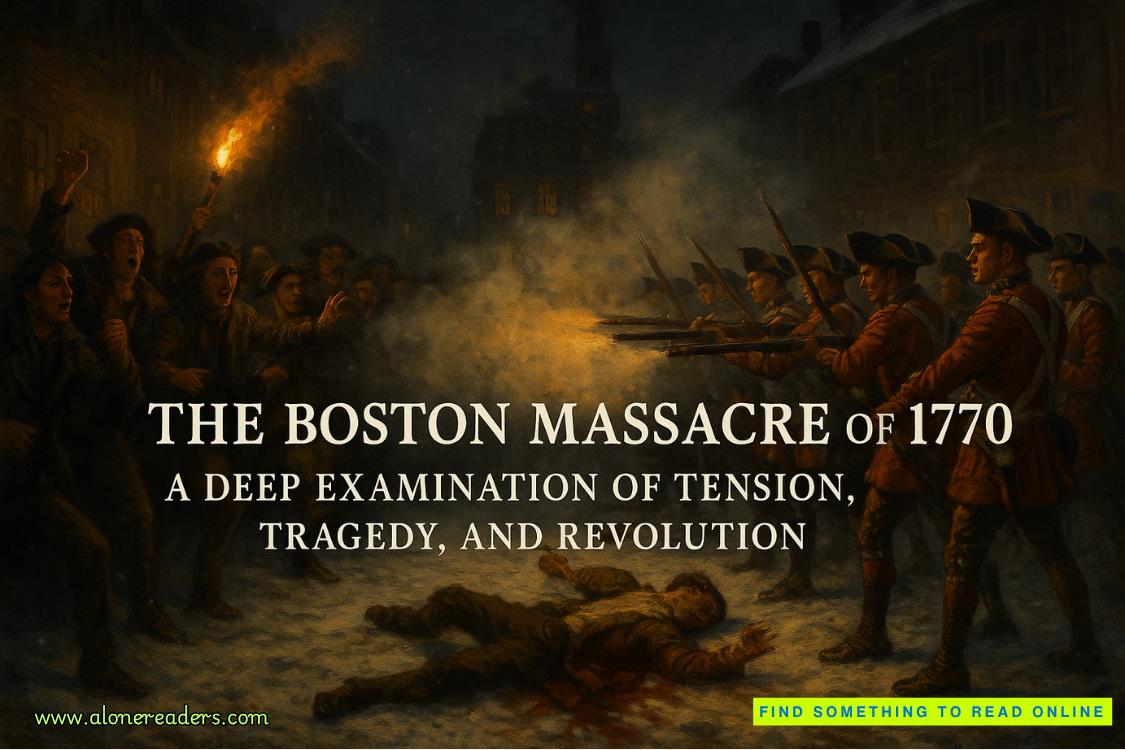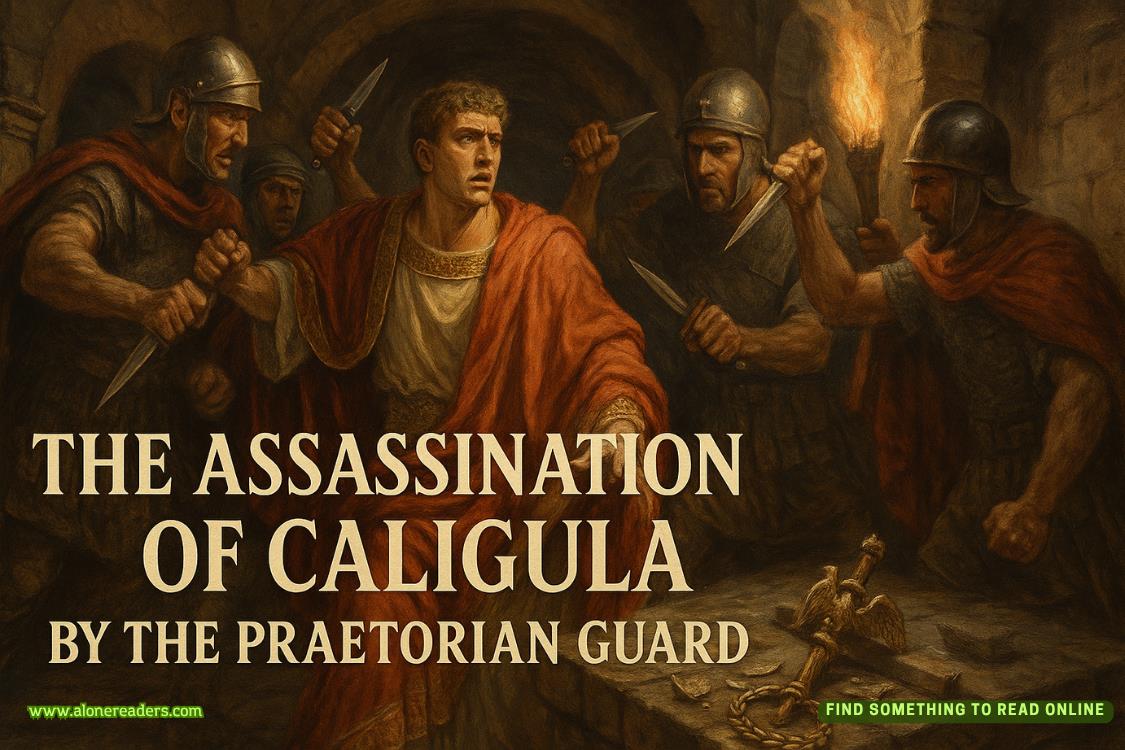Page 101 of The Wedding Dress Repair Shop
Golightly appeared equally keen to wolf down his breakfast and then vanish outside, so he was happily falling into a routine, too.
The mews was quiet apart from a sudden flurry of birds taking off in the central garden, presumably as Golightly reached it. I took my second cup of coffee through to the workroom, setting it down carefully on the desk out of harm’s way.
Dress 3 still lay under its dustsheet on the table, and I took that off for a last look, before carefully packing it up with lots of acid-free tissue paper and putting it to one side, while I explored the accessories in the box.
There were no shoes, but the veil had survived, although as torn as the dress itself. It was revealed to be very long and layered, when I spread it over the table, and I thought it was an old one, repurposed. A band of flowers made from ivory parachute silk had been added to the front, to tie it in with the dress and, just like the dress, it would not be mended but left to tell its own story.
As I was about to put it back into the box, I made a very poignant discovery: one white rose from the bridal bouquet had been pressed between two sheets of blotting paper and card, tied together with white satin ribbon.
When I’d restored everything to the stockroom, I checked my watch and decided I had time to make a start on the next dress before the first of the display units from Priceless Interiors arrived. They were coming from North Wales, so I didn’t think they’d get here before noon.
These units were mainly from the ecclesiastical museum and Honey hadn’t seen them, except the online photos, so I was curious. Besides, this first lot included all the display cases for the Rosa-May Garland Room, which needed to be finished and ready in time for the return of the exhibition material from the V&A, or George would be in a froth of worry.
I decided on another coffee and then I returned to work,ready to deal with Dress 4, which was a lavish Victorian affair. The sheer size of the storage box alone gave me some hint!
Dress 4
An Unequal Marriage
Servant Girl and Elderly Magnate
1890
When I first saw that heading in the catalogue, it had sounded like a marriage entered into for the wrong reasons and I thought I could guess what they were: either an elderly and rich master, taking advantage of a young woman of an inferior social status or, on the other hand, a young woman taking advantage of an elderly, besotted and vulnerable master. The reality was totally different and, in its way, not really a bridal misfortune at all, for it had led to a surprisingly happy and successful marriage.
Luckily, letters written between the couple whenever they were apart, and other family documents, made the whole story and the relationship between them plain.
The wedding must have caused a scandal at the time and the couple seemed to have made a point of making it as lavish as possible, presumably with the intention of showing that this was no hole-and-corner affair.
The dress was very much the focal point of the show they were putting on and it was highly fashionable, but in an extravagant American style, so that I thought the groom must have had close business connections there.
It was of pale blue silk satin and faille. At that time, it was not unusual for other colours to be used for bridal dresses, and blue was popular.
The bodice was tightly corseted down to a narrow waist, one smaller than any of my dressmaking dummies, even my own.The sleeves were puffed and gathered at the top, then quite tight to just below the elbow.
I spread out the skirt, which was straight down at the front but had a longer train at the back, admiring the contrasting textures of the silk satin and silk faille panels, which were repeated in the bodice.
The whole gown was embellished with beading and satin ribbon, which concealed the small, self-covered fabric buttons down the back and fastening the cuffs.
The construction was absolutely beautiful and I’d just turned it over to undo the myriad little buttons so I could examine the inside of the bodice, when an unmistakable commotion outside heralded the arrival of the display units and I had to toss the cotton dustsheet over the dress and dash off into the museum.
There was no sign of a van outside, which was presumably too big to fit through the arch, but four men were noisily manoeuvring a large, blanket-wrapped display case over the cobbles on a wheeled trolley, watched by Honey.
There was some swearing – or it sounded like it, though I wasn’t quite sure because it was in Welsh – as they carried it up the steps.
I flattened myself against the foyer wall, out of the way as they somehow managed to cram it into the lift with one of the men, while the rest ran up the stairs to meet it at the top.
‘They started really early and made good time,’ said Honey, who had followed them in. ‘I’ve already given them coffee in Pelican House and showed them the attics, because there were a couple of ancient chairs and that huge glass-topped bureau thing in the next room to be cleared, which looked like their cup of tea. They’re going to have a better look on Monday, when they bring the other units, so I won’t let Arthur take anything other than the obvious junk until then.’
‘Can’t they take them now? It would make clearing the next room a lot easier.’
‘No, they’re off after this to collect some gigantic kitchen cupboards from a stately home further north. Besides, we might have found some other things in the first room for them to see by then. They offered me good prices for those two shabby old armchairs.’
‘I hope you haven’t already let Arthur take anything valuable by mistake.’
‘No, I’m sure I haven’t, but from now on I’ll email pics of anything potentially interesting to Priceless Interiors.’
When the men came back down and trooped past us, one of them said to Honey, ‘Those cobbles are a bugger!’















